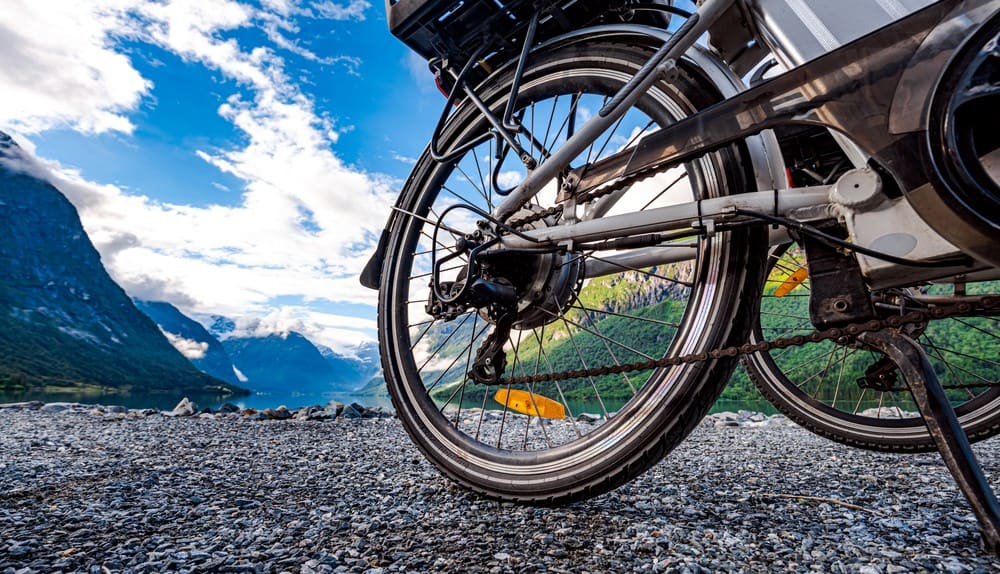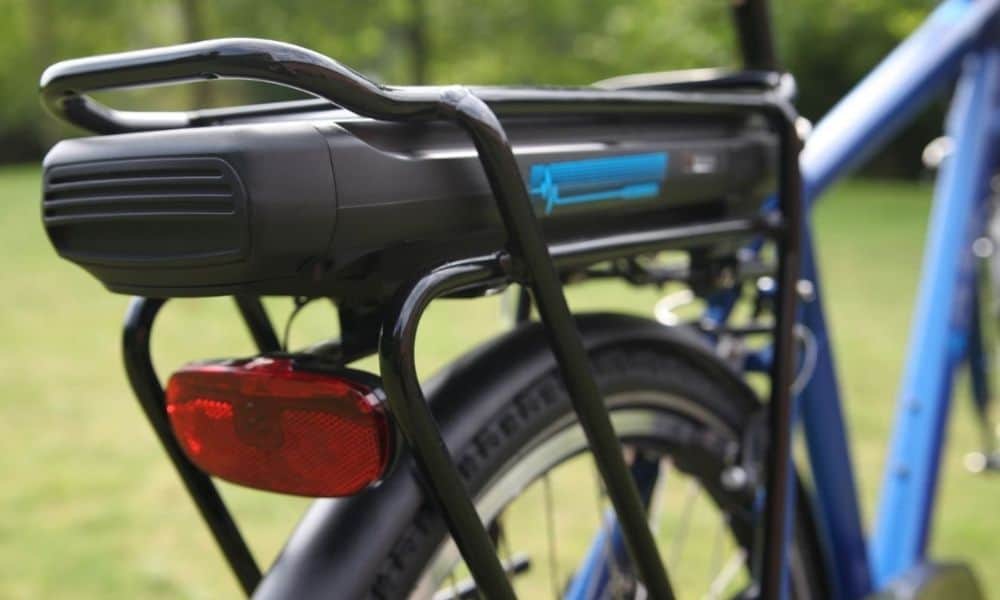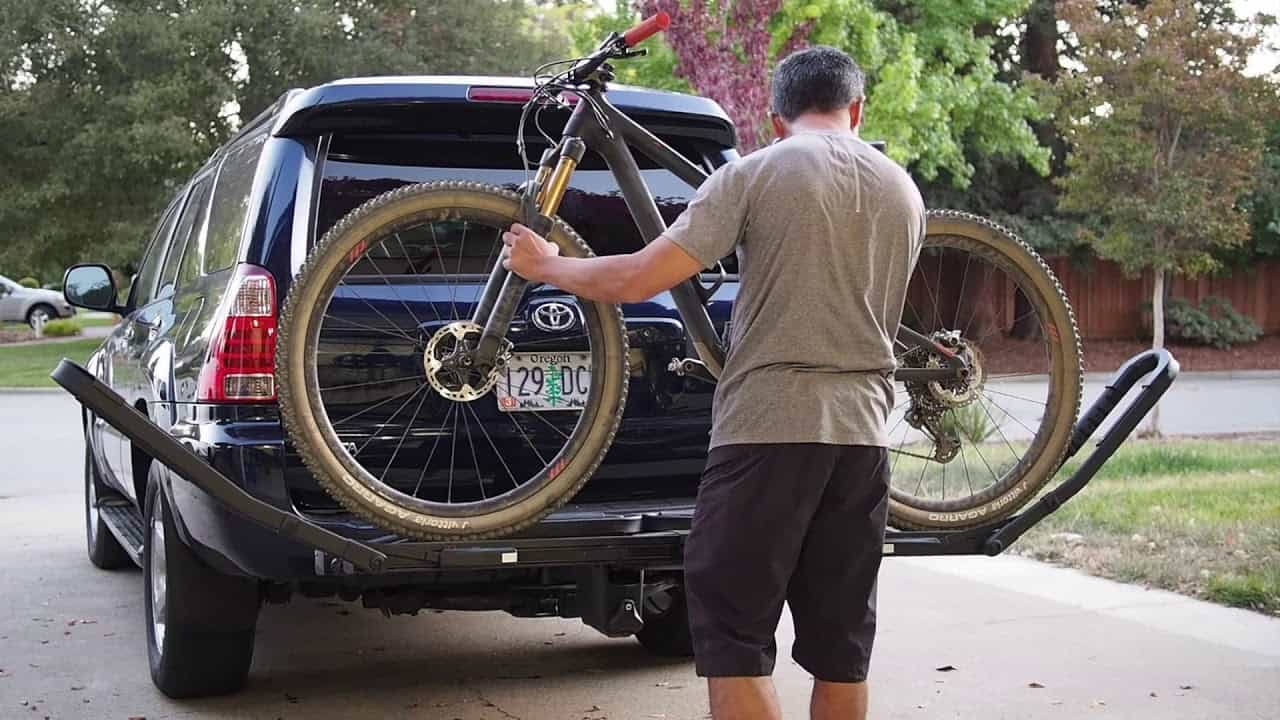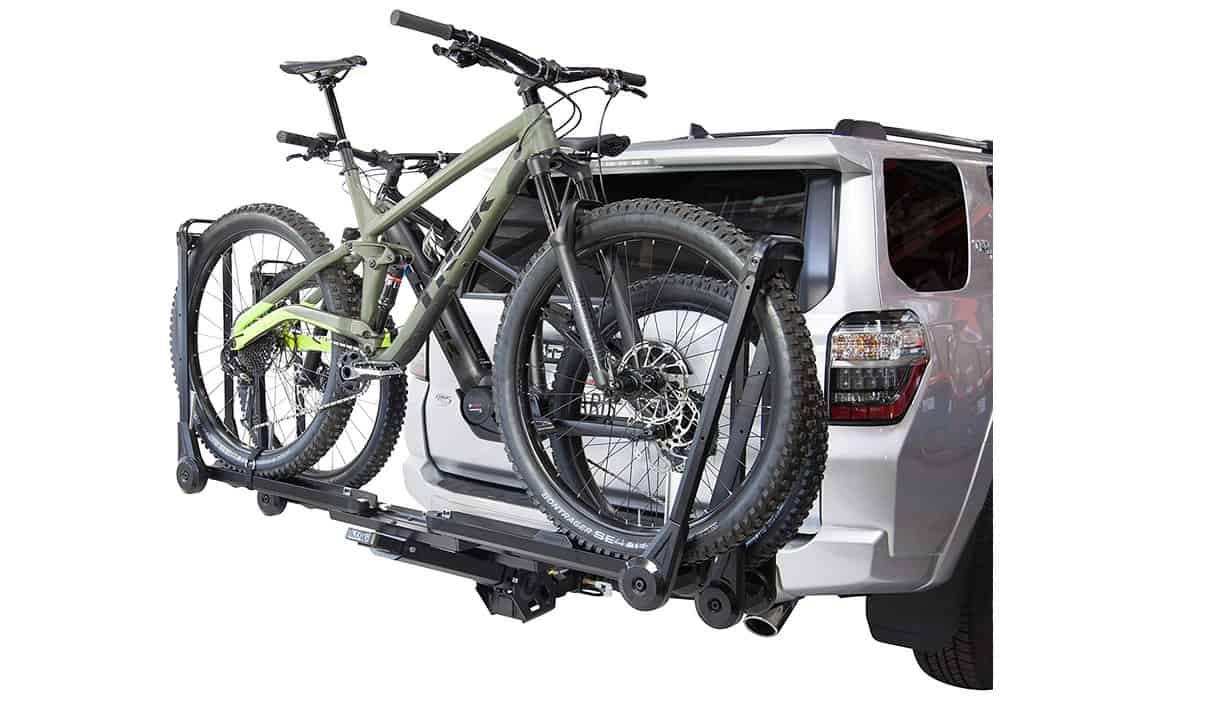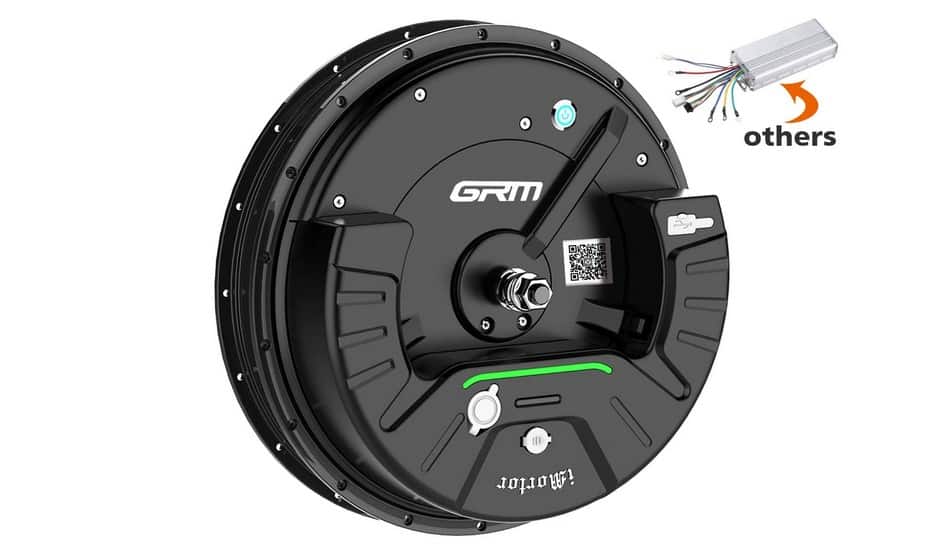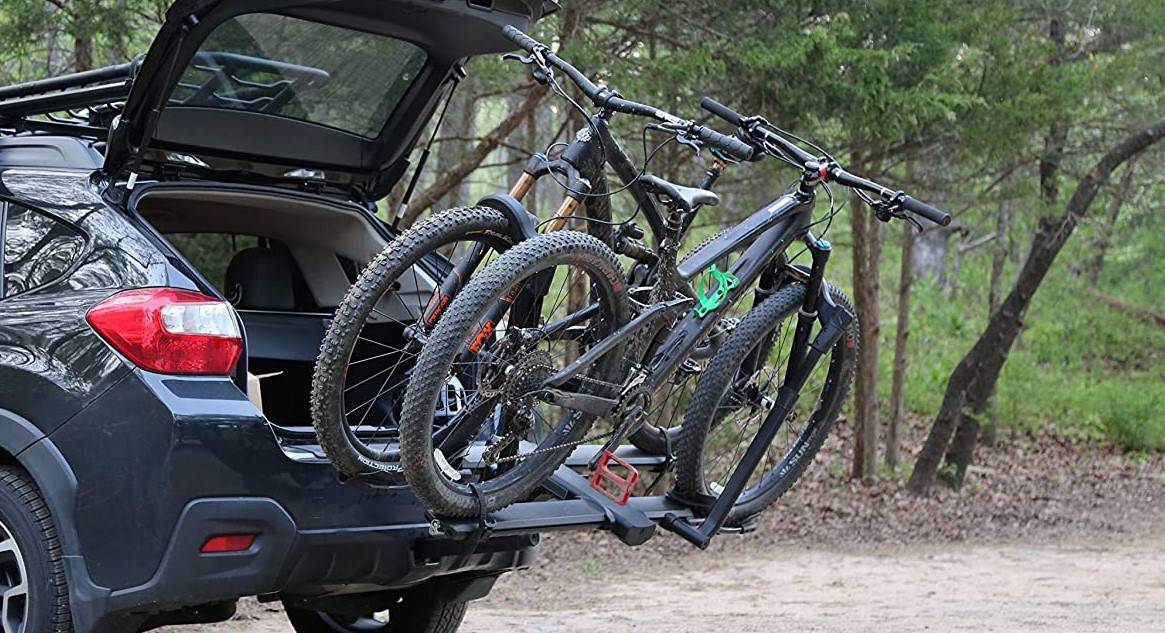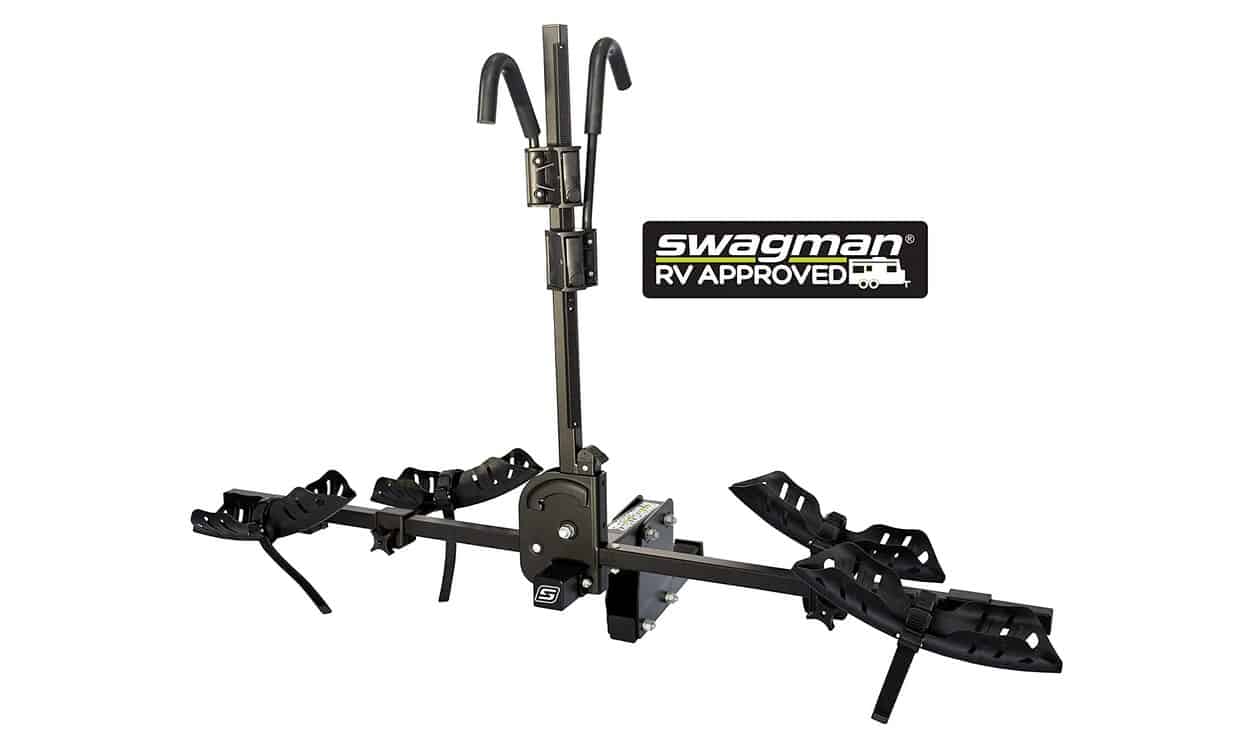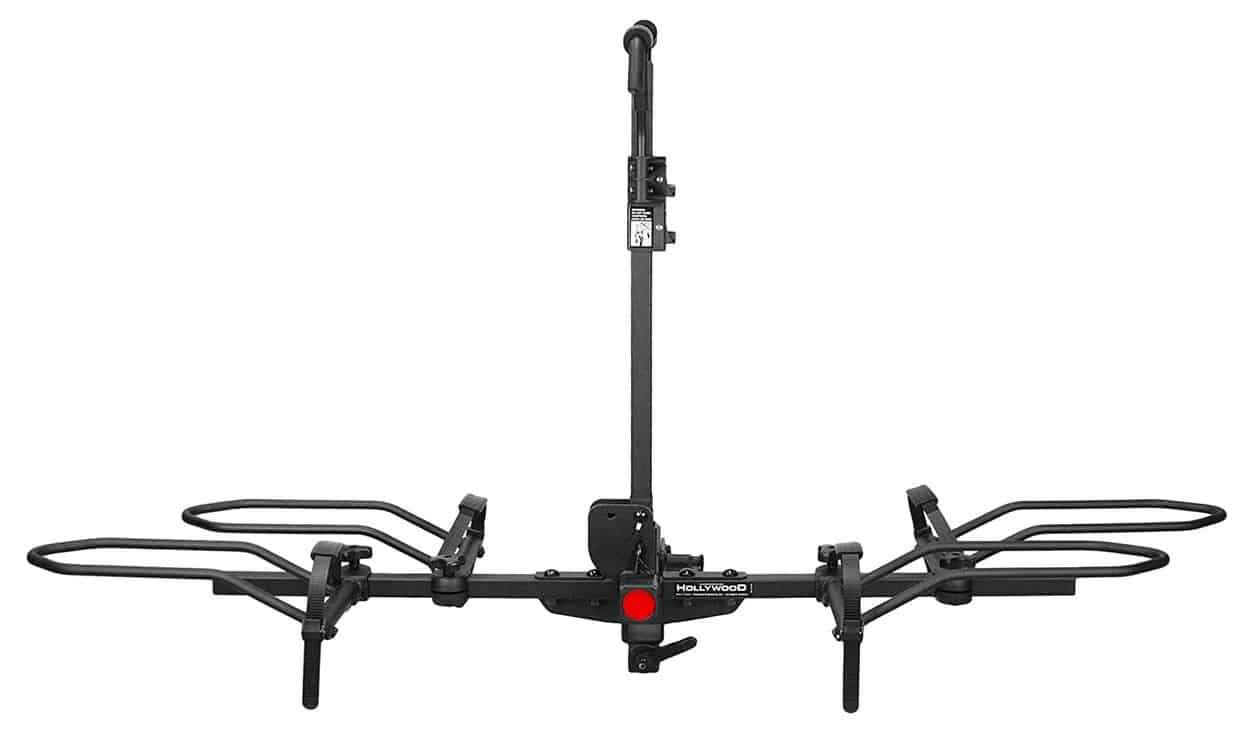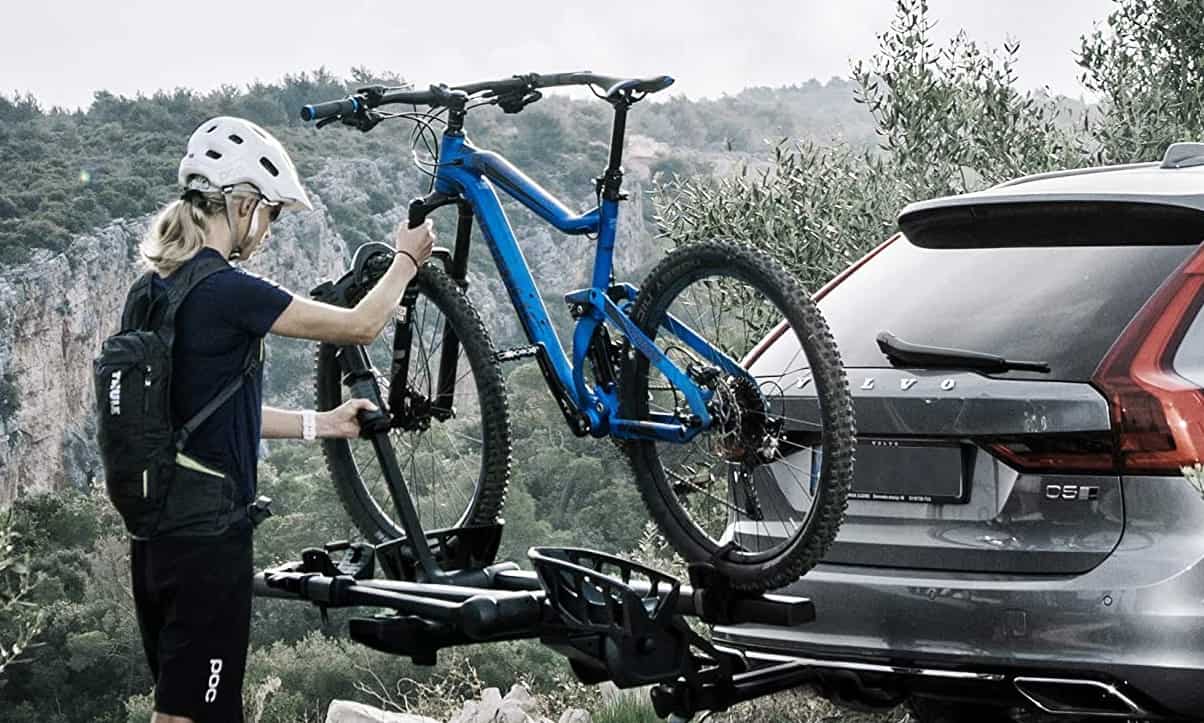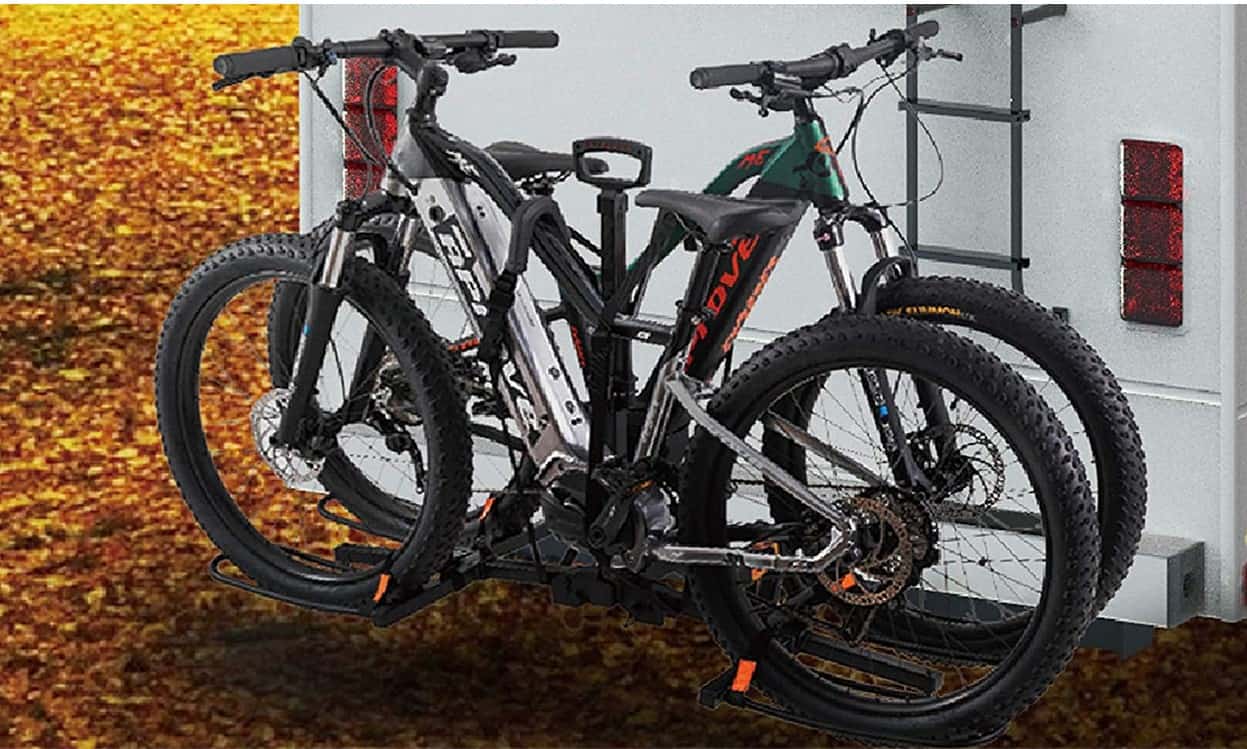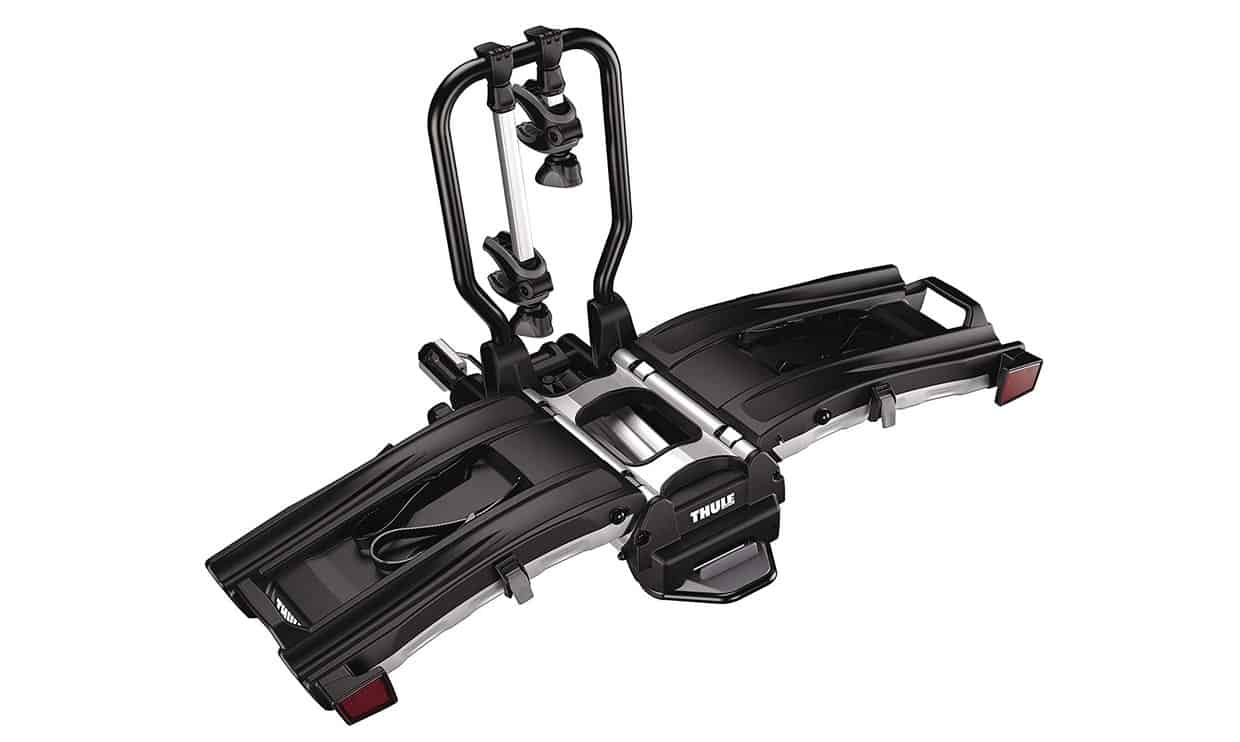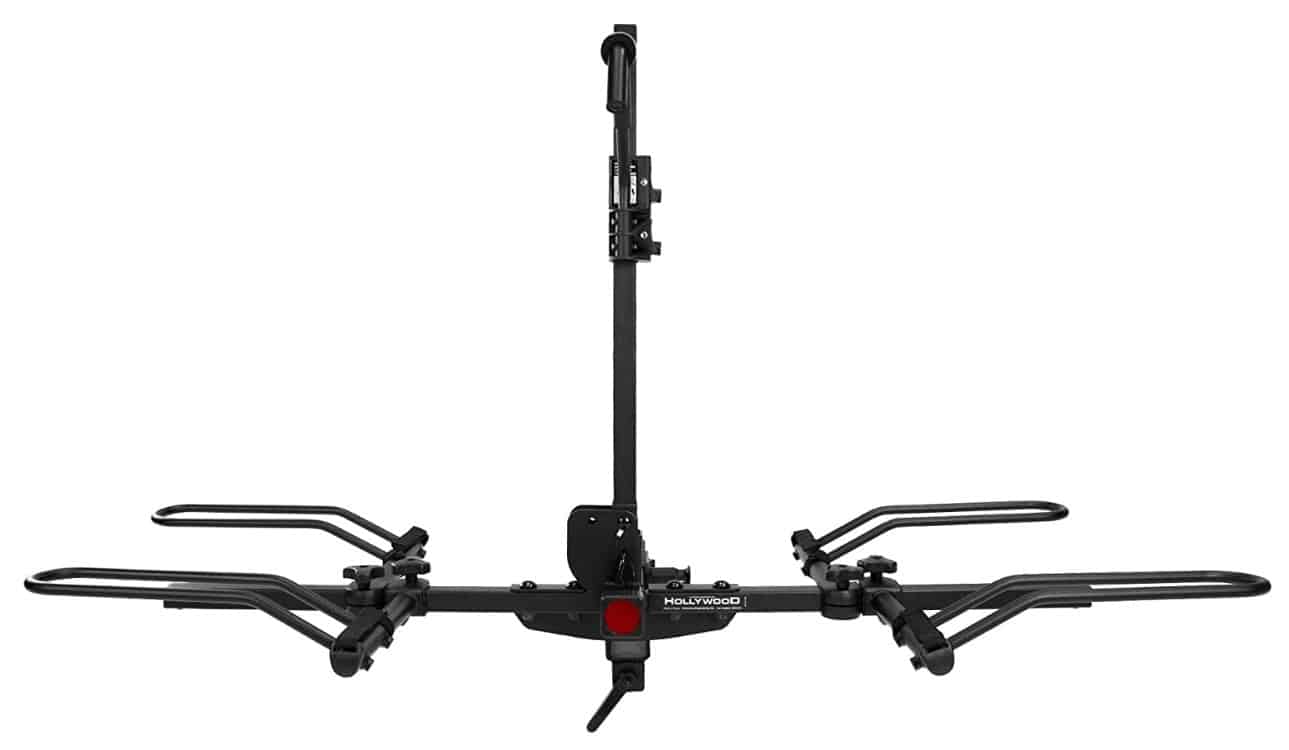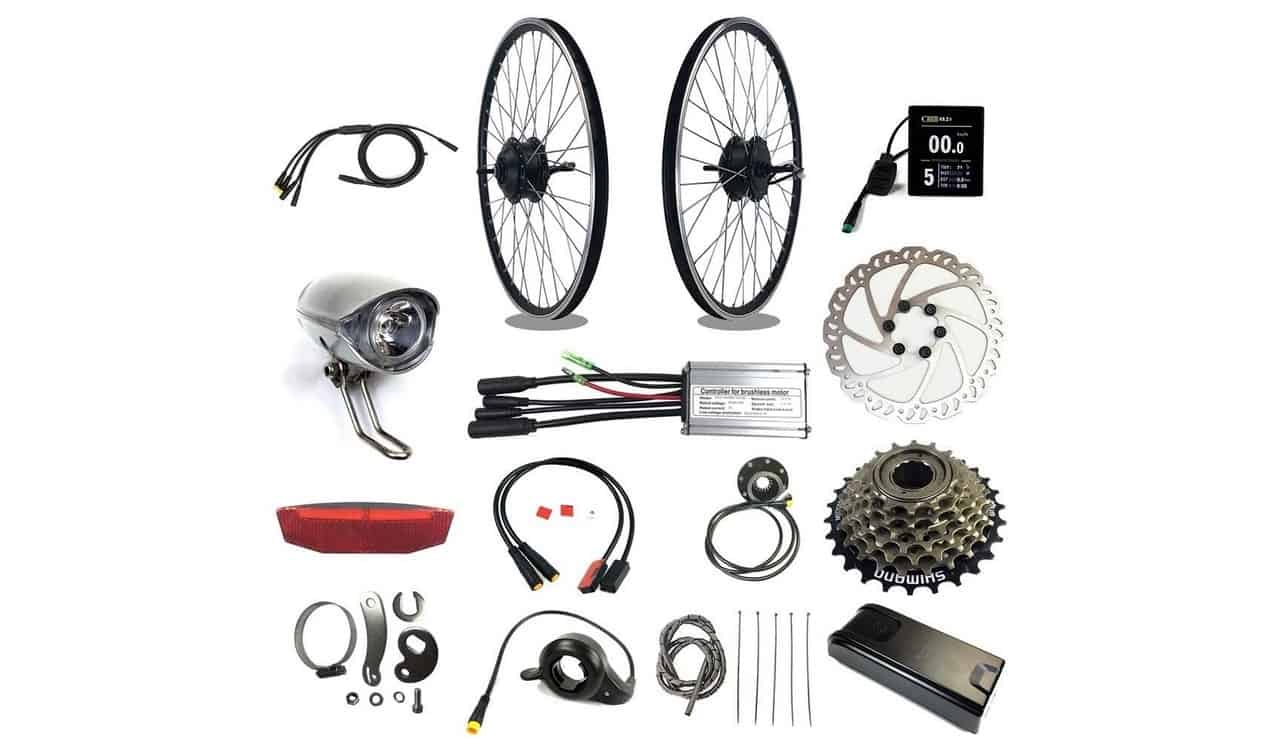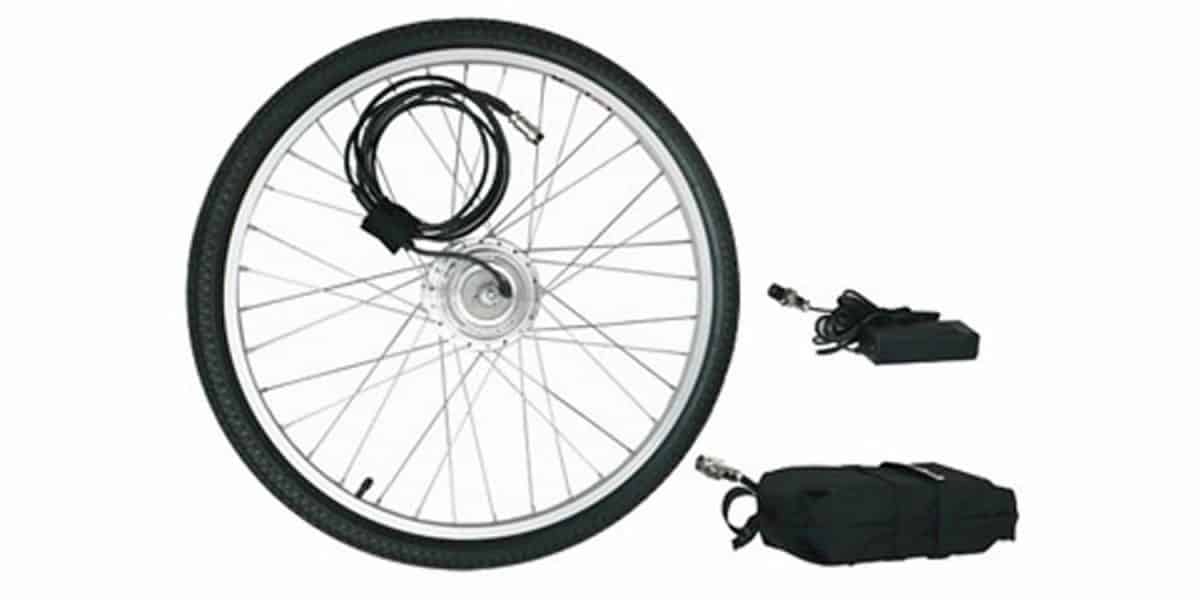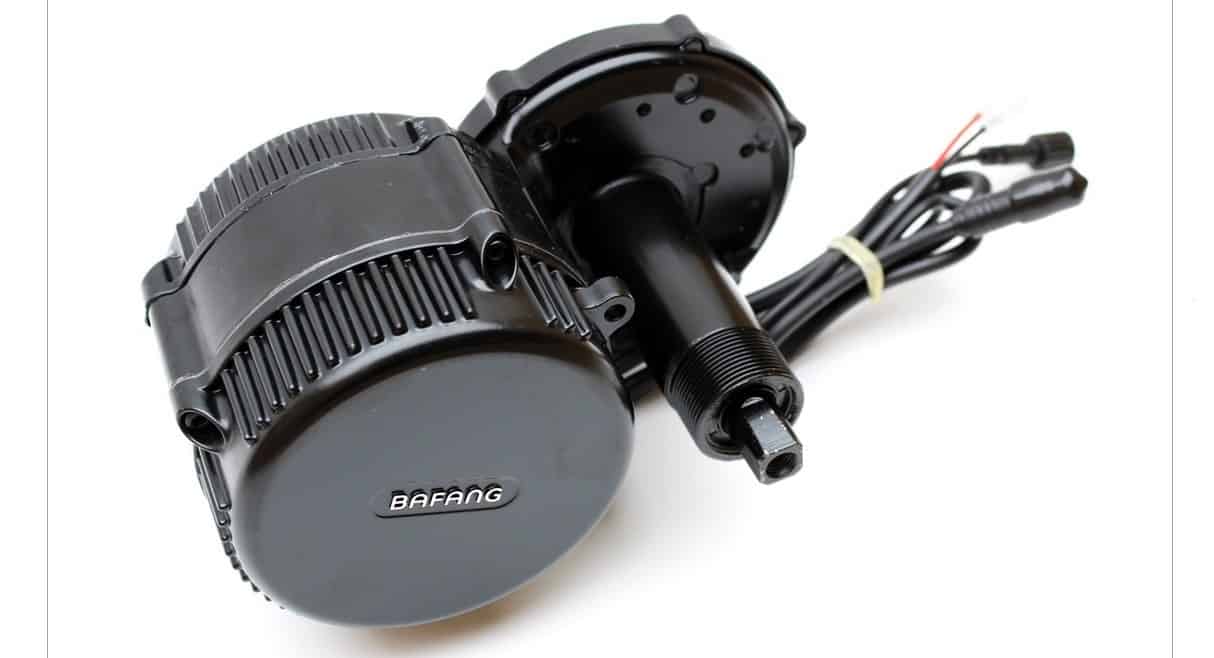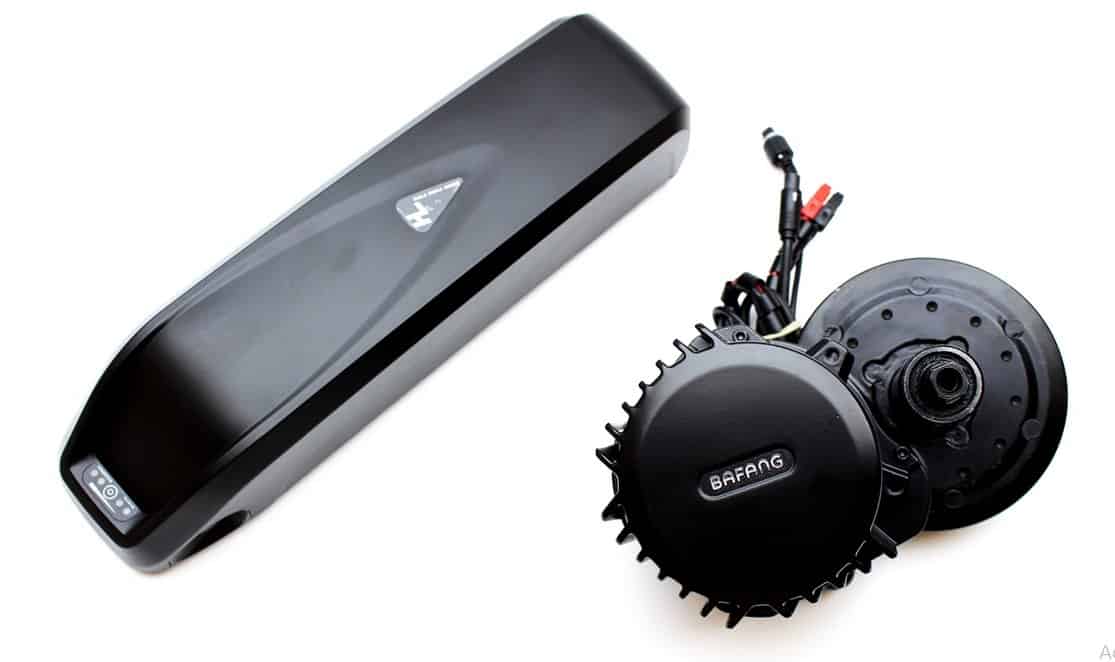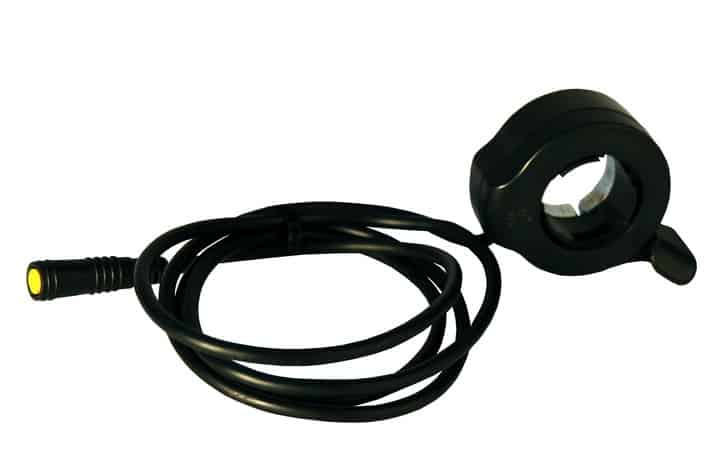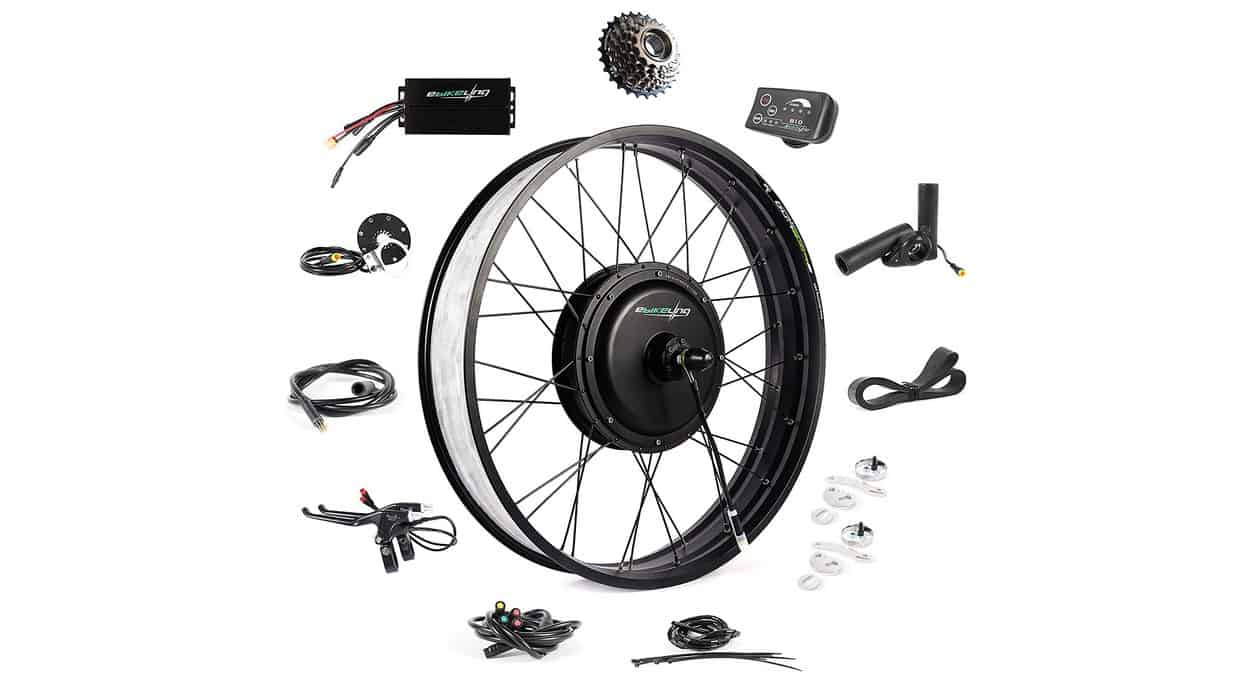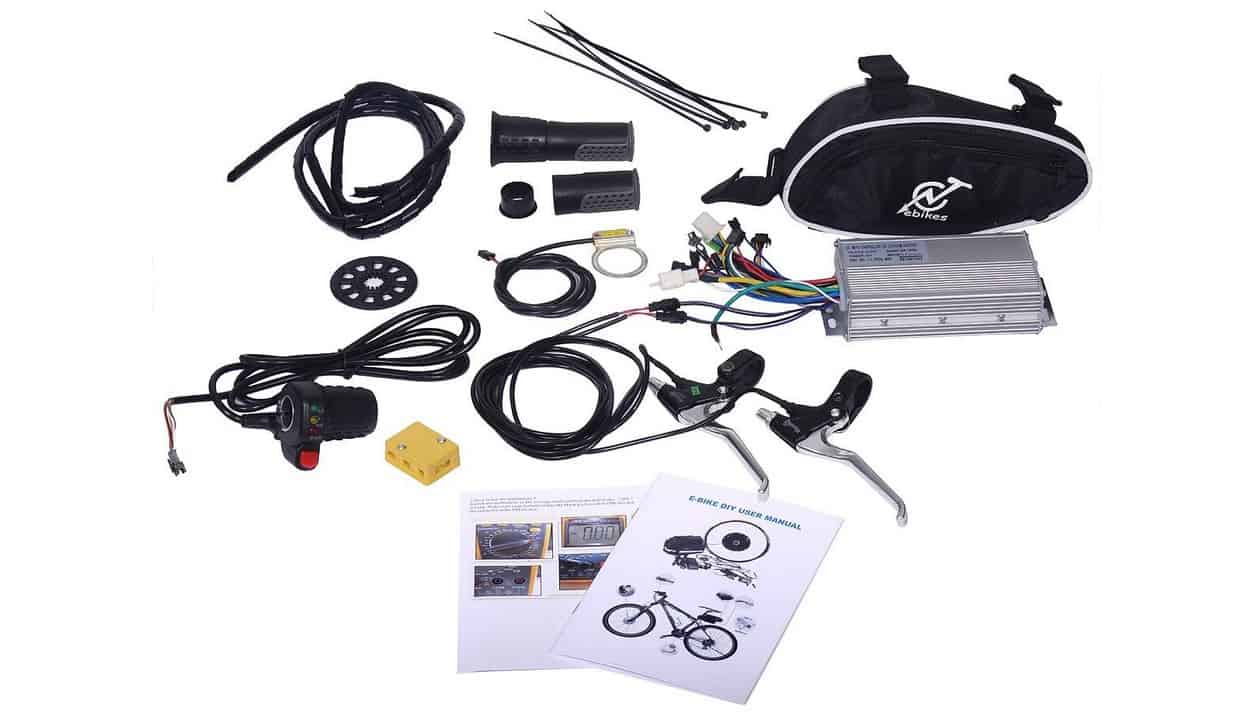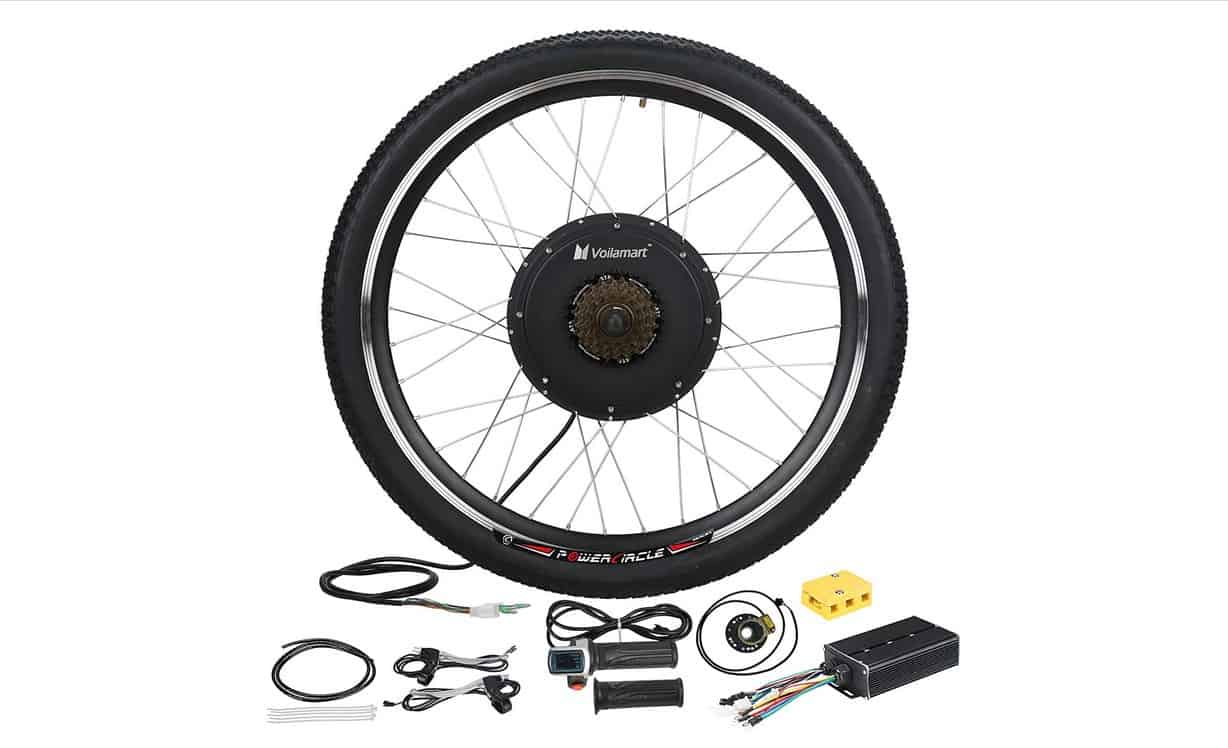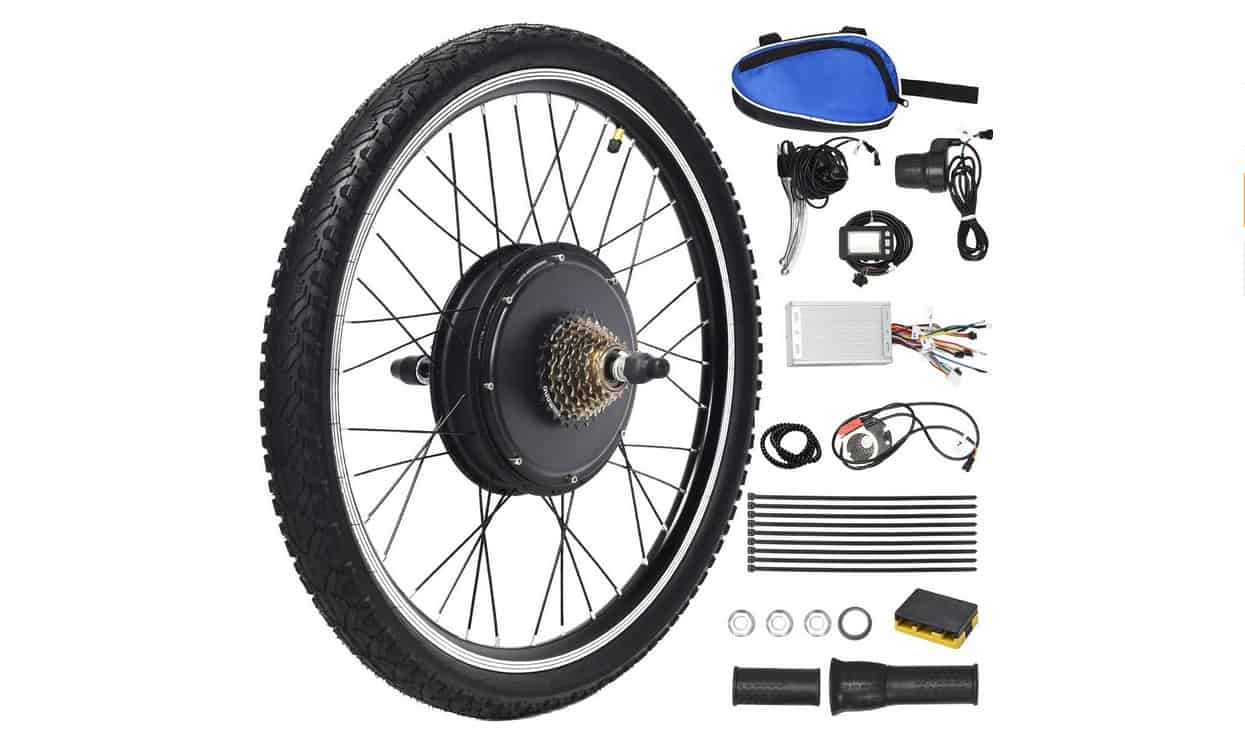Here’s how to decide what Kv value motor will work best for your electric bike project. In general, a low Kv motor provides more torque but requires a higher voltage. Getting optimum performance out of your top-tier electric bike motor will depend on the other components such as the battery and controller.
Key Takeaways:
* Kv value is the rpm the motor will turn when given 1 volt of current with no external load
* The best Kv motor for your e-bike depends on speed, gearing, and the battery voltage available
* A higher voltage system will generally be better for range and battery life, given the same power
Types of E-Bike Motor
The most popular E-Bike motor choices are either hub motors placed within the front or rear wheel of the bicycle, or mid-drive motors placed near the crank and using gears for reduction. There are geared and direct-drive hub motors available for electric bikes. Some e-Bike kits may use off-the-shelf RC motors. These are generally higher RPM brushless DC motors that must be geared down to work well on an electric bike. Brushless motors such as common RC motors often list specs including diameter, kV rating, and watts.
Before you choose a motor based on kV rating, you’ll need to know the voltage of your battery and controller system, plus the gear ratio and the desired power output.
Kv rating isn’t a measure of motor power, but it determines the power curves of the motor and thus how it will perform in a given application, compared to another motor with similar peak output.
Voltage and Maximum Power
To determine what types of motors will work best on your e-bike, you’ll want to think about the speed and load requirements as well as the battery capacity, battery management, controller, and gearing. To pick the best Kv rating, you’ll want what works best with the system as a whole. You’ll need to know what power rating you need, what voltage your battery and controller can supply, and what range and speed range you need. For example, a 250-Watt pedal-assist setup will need a different kV motor than a 1200-Watt commuter e-Bike. You can determine the desired motor RPM based on how fast you want to go and your wheel size or what diameter wheel and tire setup you’re using. A common bicycle tire with 26-inch wheels will be turning about 259 rpm at 20 mph, whereas a 20-inch tire going the same speed will turn at 336 RPM.
Voltage vs Motor RPM
The voltage of the input current controls the motor speed of a typical electric bike motor. Motor RPM depends on the voltage and the winding constant, which is often given in Kv values. A higher Kv brushless motor, which will have fewer windings but thicker wire, will spin faster at a given voltage. A lower Kv motor, with more windings, will require higher voltage current flow in order to reach the same rpm. In other words, more voltage per RPM. So if you know the speed you need your electric motor to run, based on wheel speed and gearing, and you know the battery voltage you’ll be able to provide, you can figure out what Kv value works for your speed range.
A motor with a high KV value that’s too small won’t be able to provide enough torque to get your bike moving, while a low Kv motor will require high voltage to get it turning at its most efficient speed range.
Torque and Watts
Watts are a measure of power, or how much work a motor can do in a given amount of time. Motors with the same output rating in watts can have different motor rpm and torque characteristics, however. Power equals torque times RPM, so a low torque motor spinning at a higher motor speed can have the same output as a high torque motor spinning at a lower RPM.
Input vs Output Wattage
Electric RC motors are often advertised by maximum power input or peak output watts. These are different values and may be confusing, as neither figure reflects the actual sustained performance of the motor. Power output will be at most about 80-95% of the input in watts. This figure depends on the efficiency of the motor, which in turn depends on the resistance of the motor windings, the air gap between rotor and stator, and the heat build-up in the magnets and copper wires.
STAT:
The E-Bike market is expected to generate over $20 billion in global revenue between 2020 and 2023.
44 US states have a separate legal classification for E-Bikes
US Electric bike sales grew by 145% from 2019 to 2020
Sources:
https://www.statista.com/statistics/674381/size-global-market-electric-bicycles/
https://cyclingindustry.news/e-bike-sales-3-7m-17m-2030-industry-experts/
https://en.wikipedia.org/wiki/Electric_bicycle_laws
Peter Campbell (1996). Permanent Magnet Materials and Their Application. Cambridge University Press. p. 172. ISBN 978-0-521-56688-9.
Brushless Motor Kv Constant Explained. Learningrc.com (2015-07-29). Retrieved on 2019-12-26.

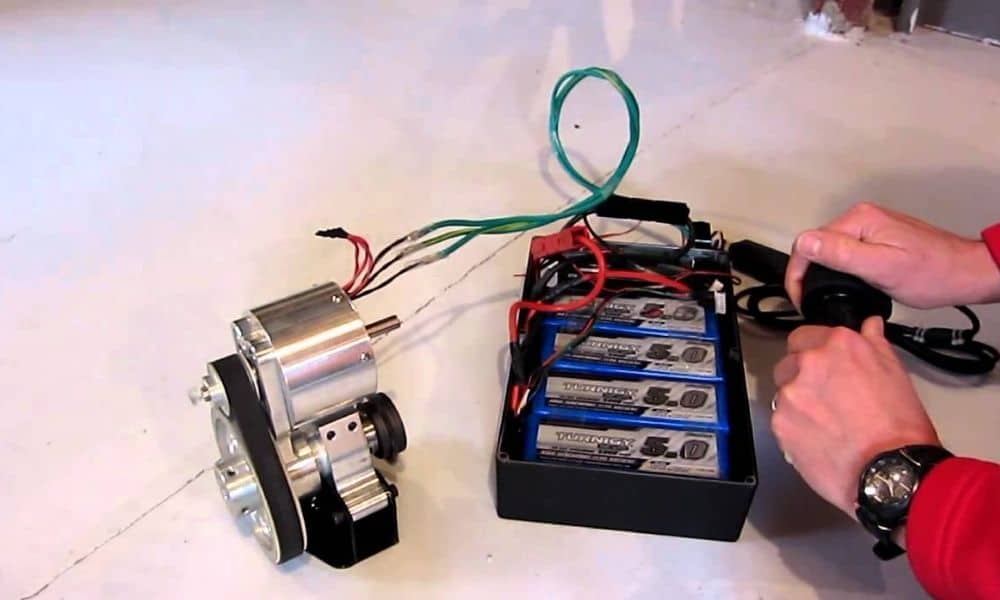














![Best Batteries for Electric Bikes in [year] 7 Best Batteries for Electric Bikes in 2025](https://www.gadgetreview.dev/wp-content/uploads/best-battery-for-electric-bike.jpeg)
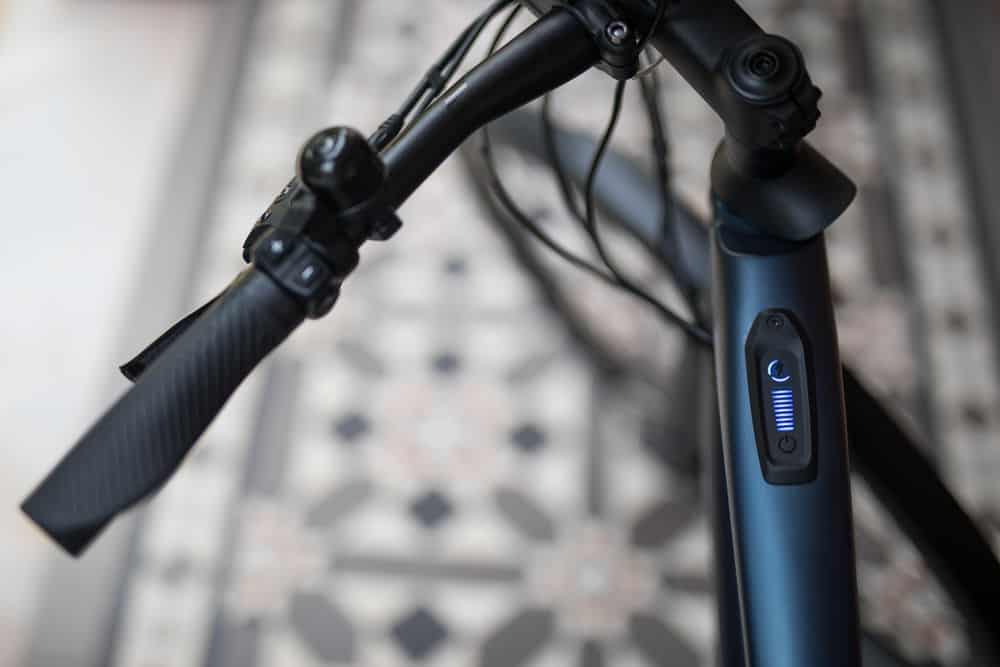
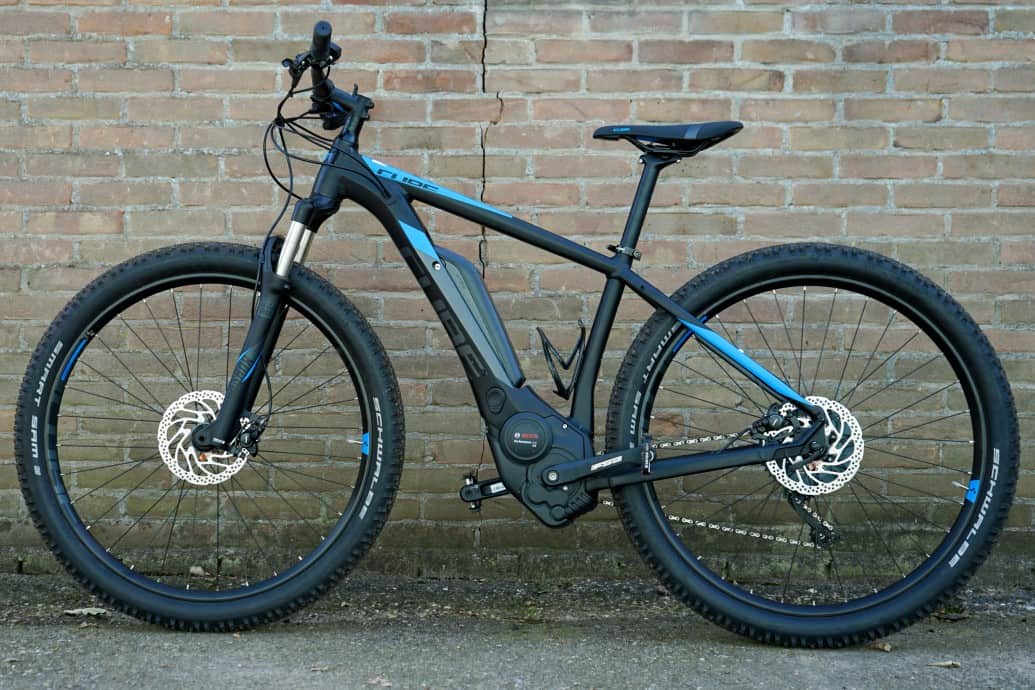
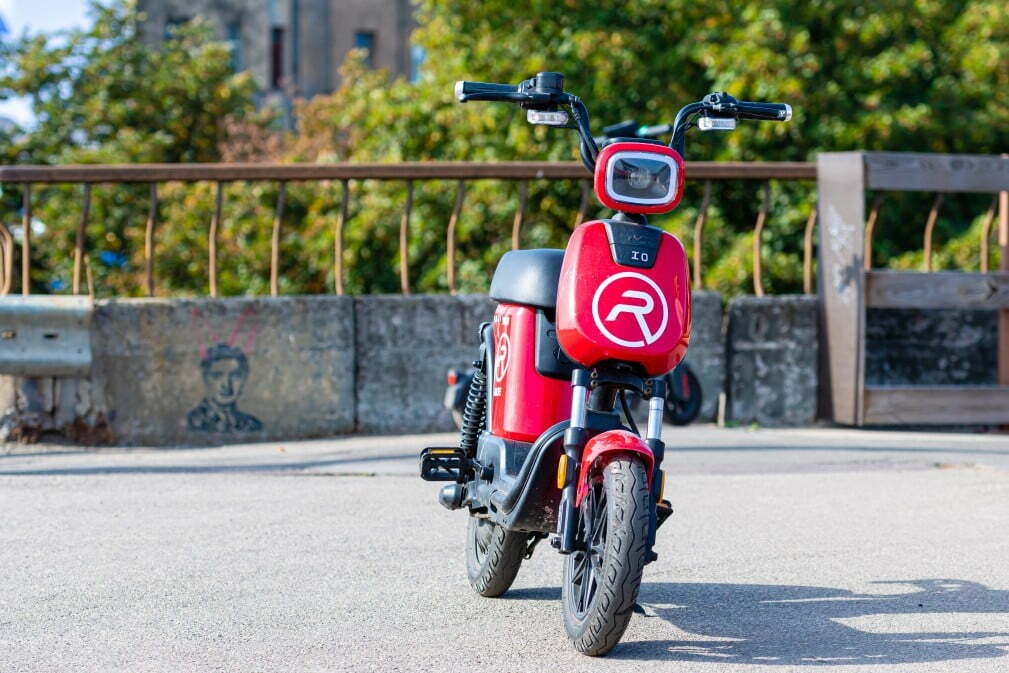
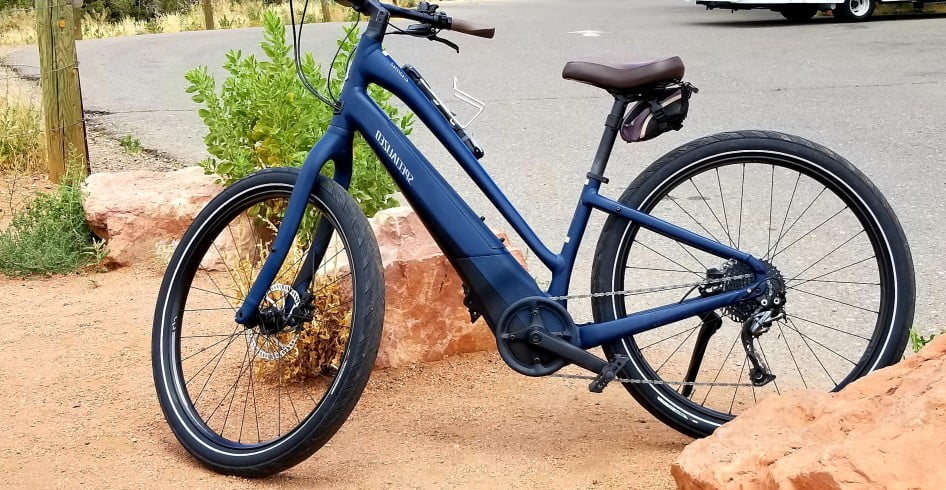
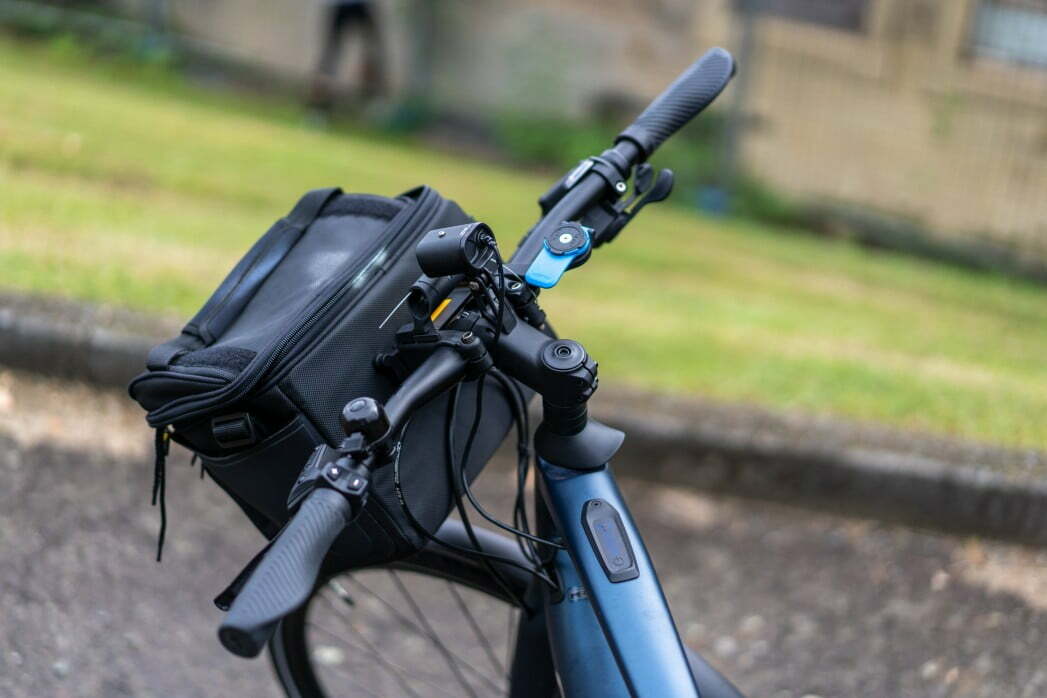
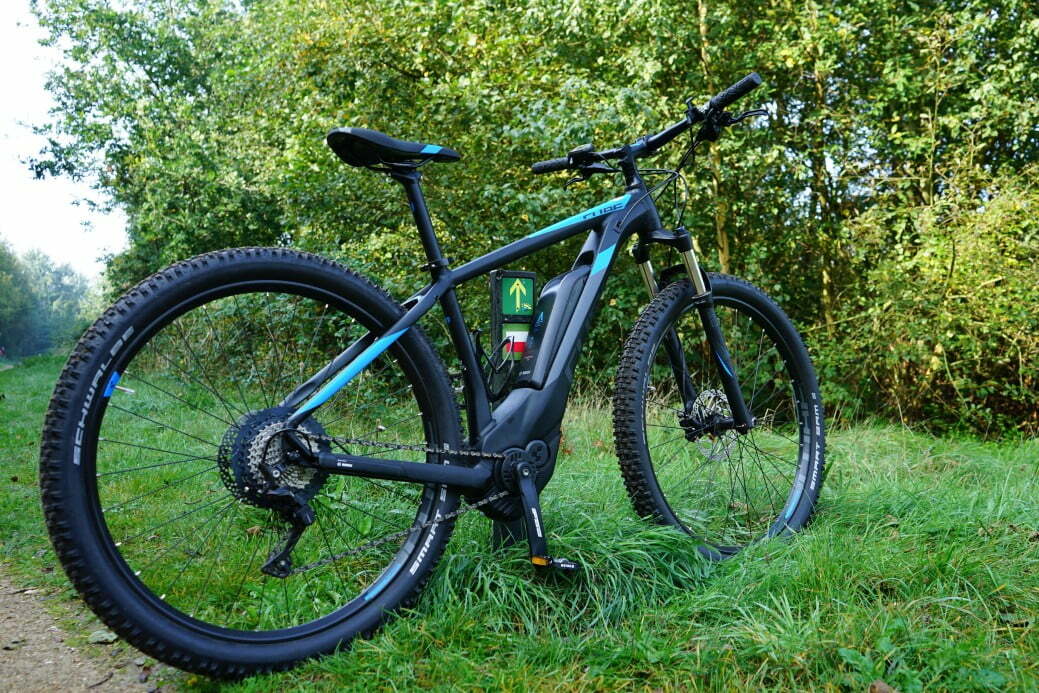
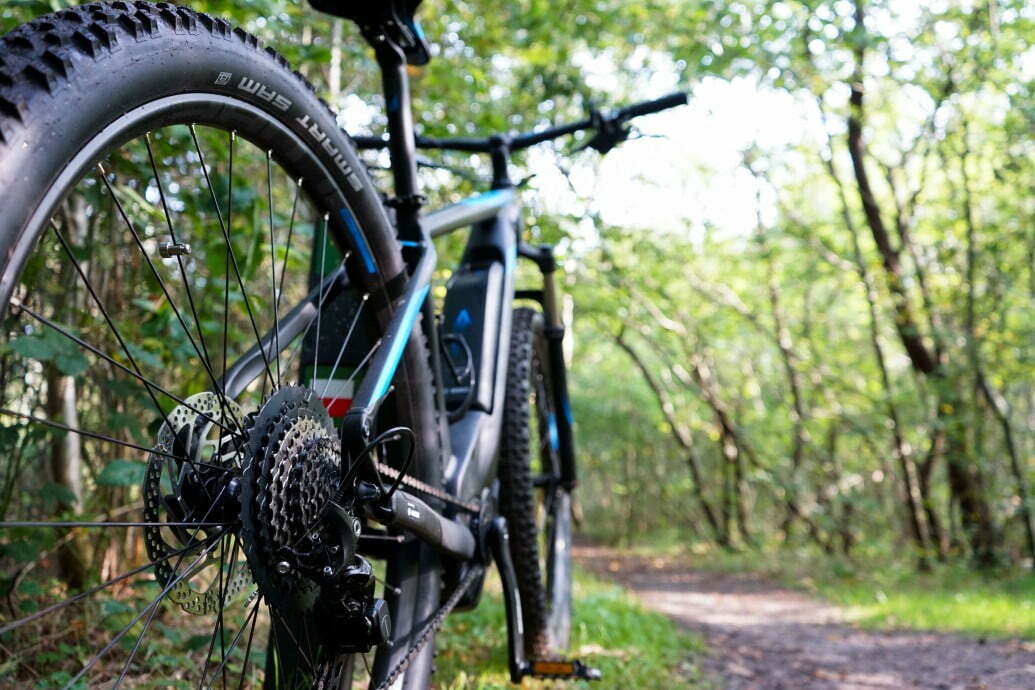
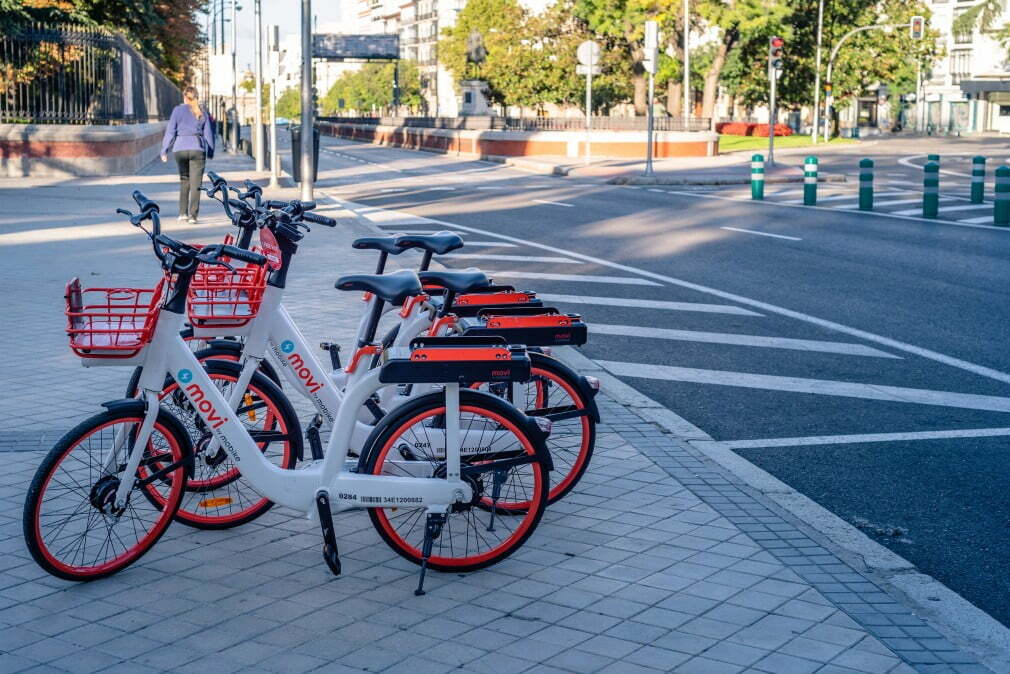
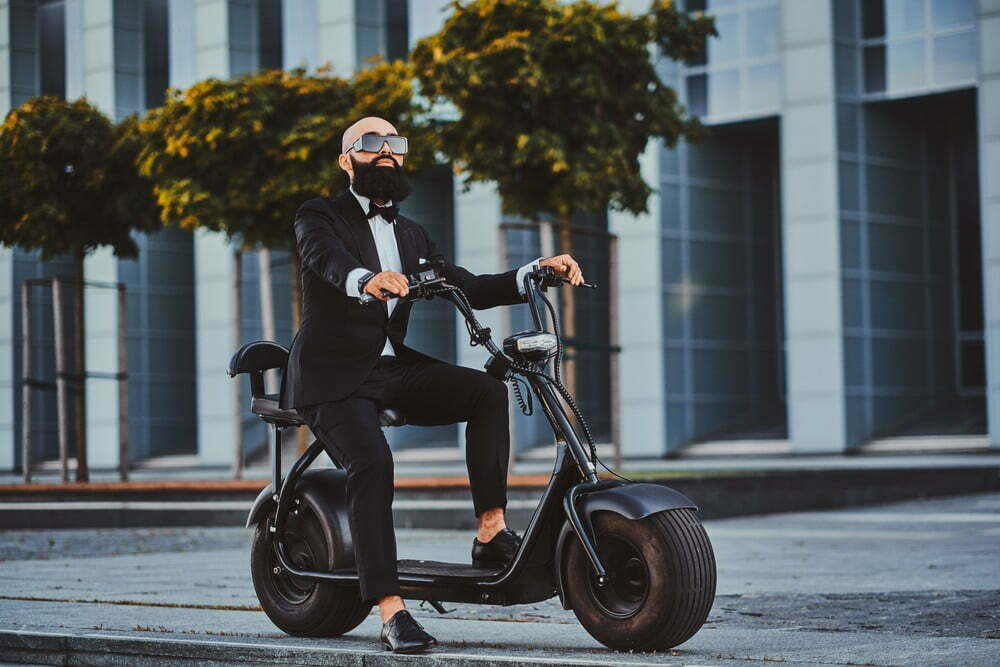
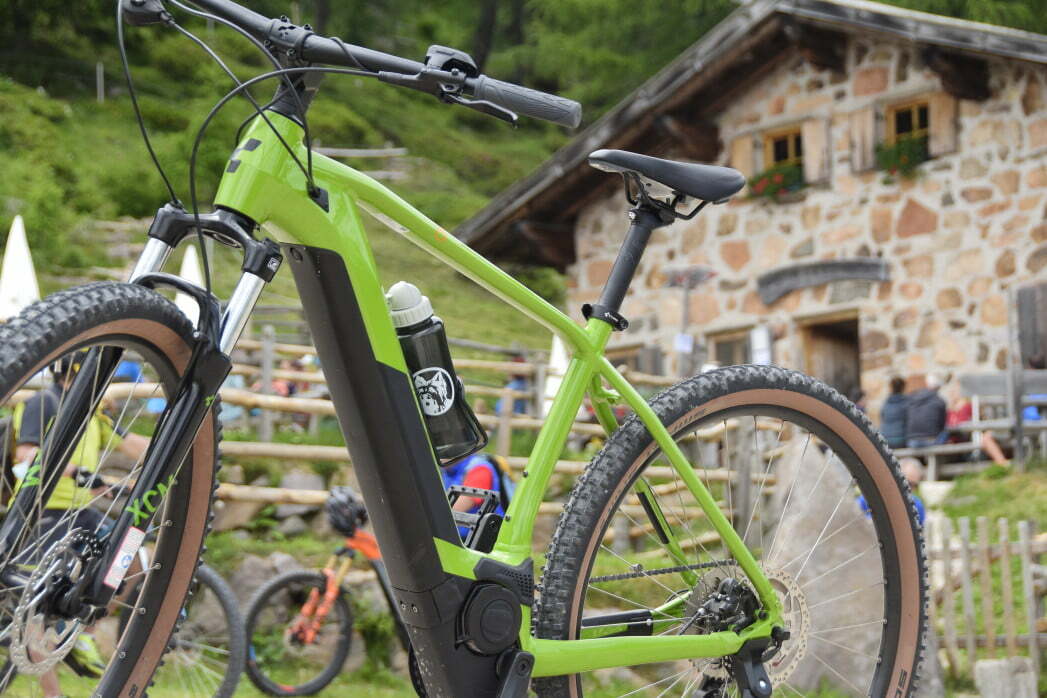
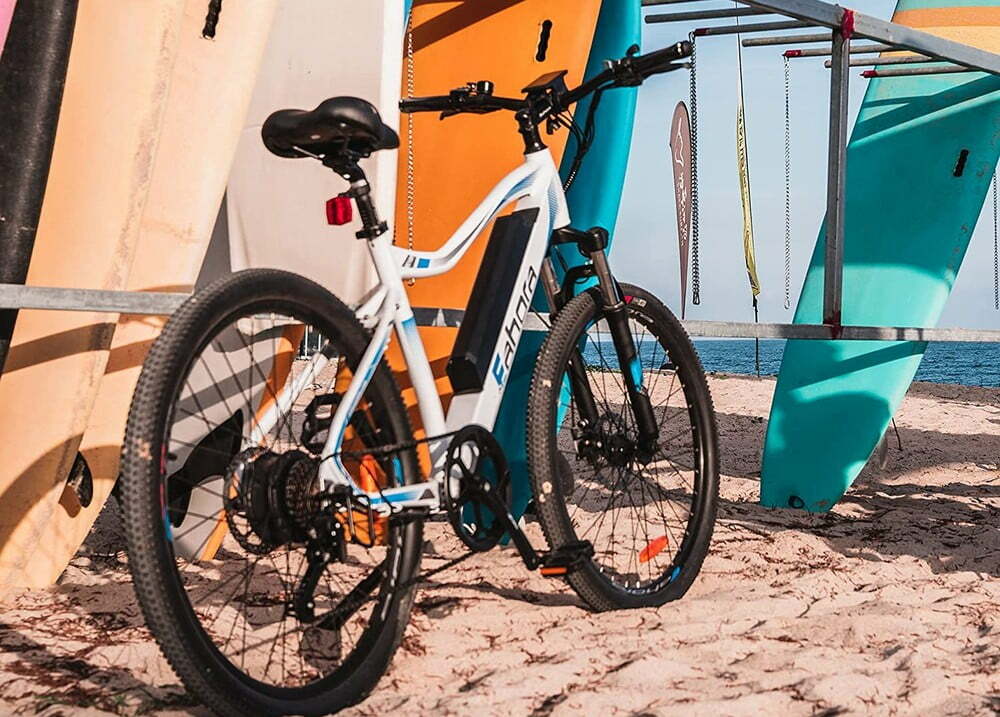
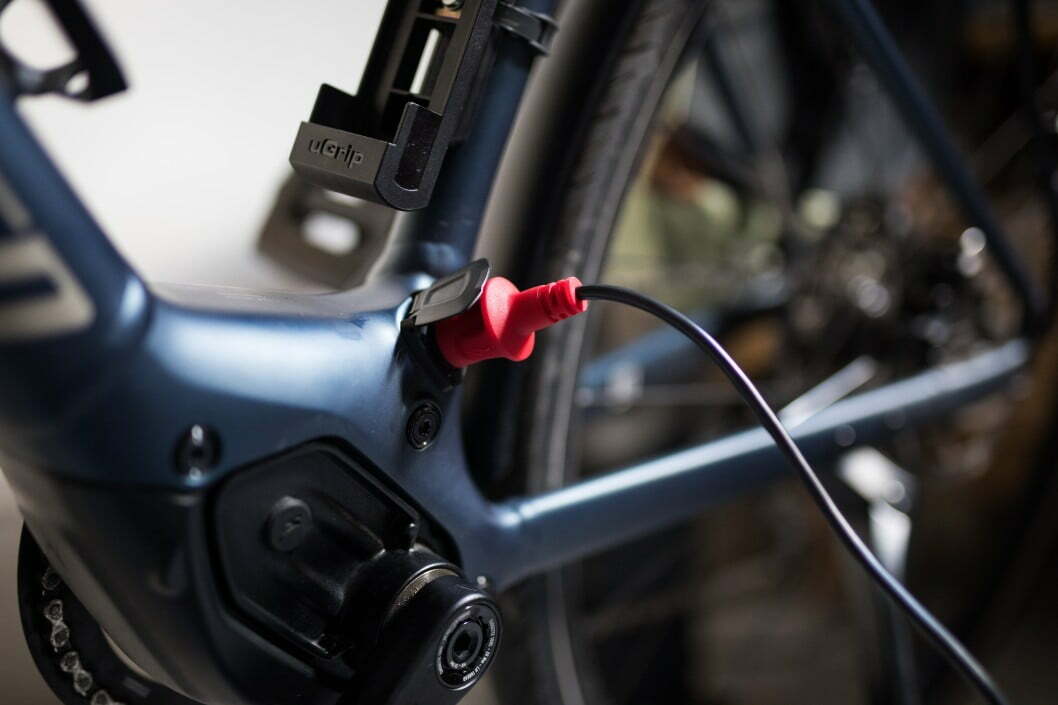
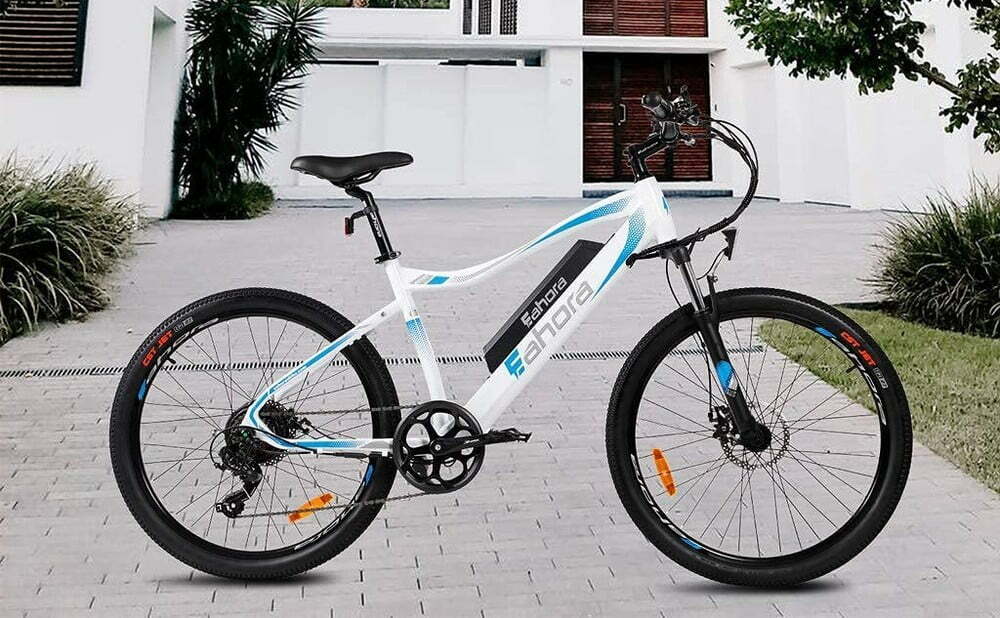
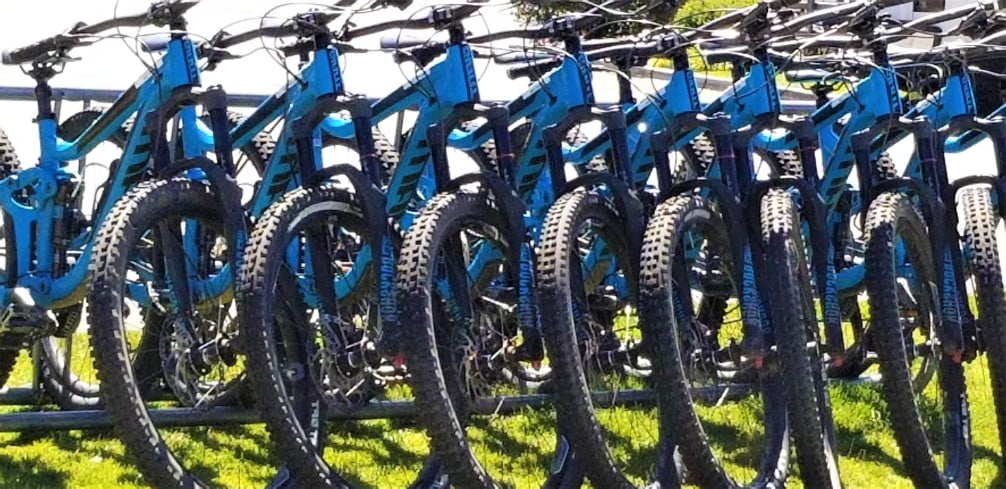

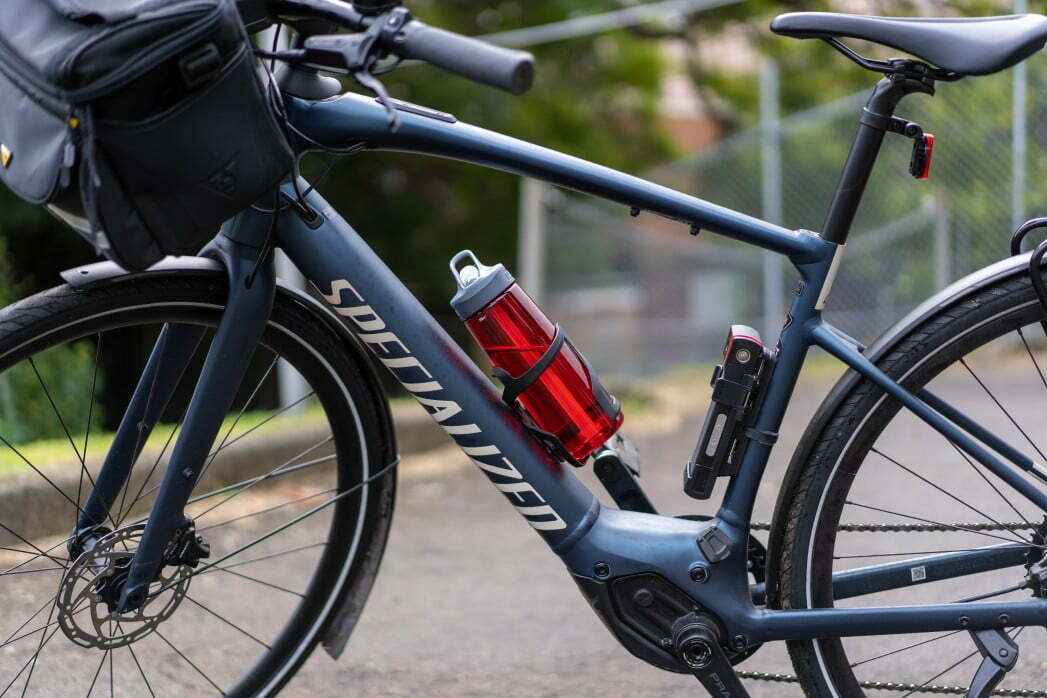
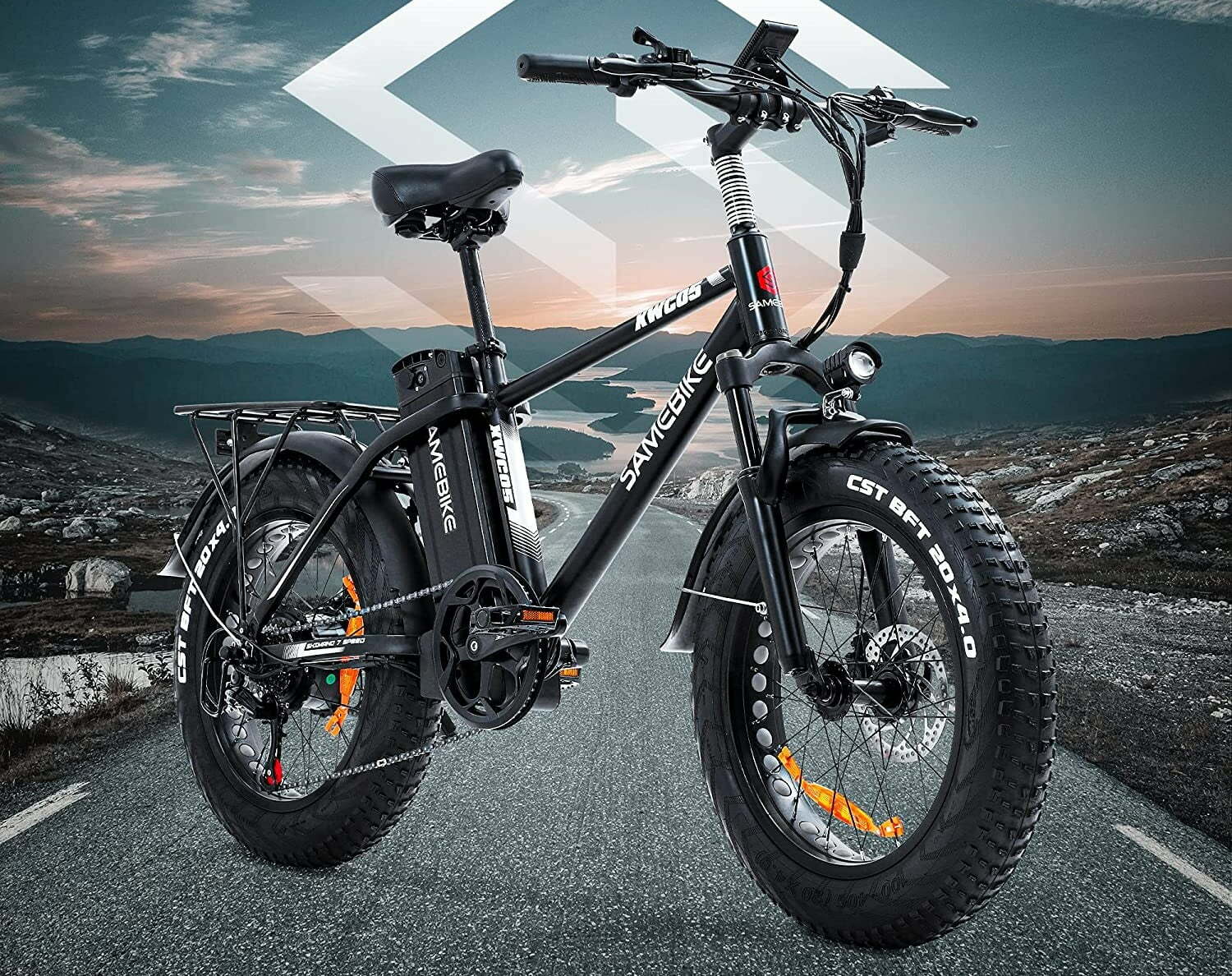
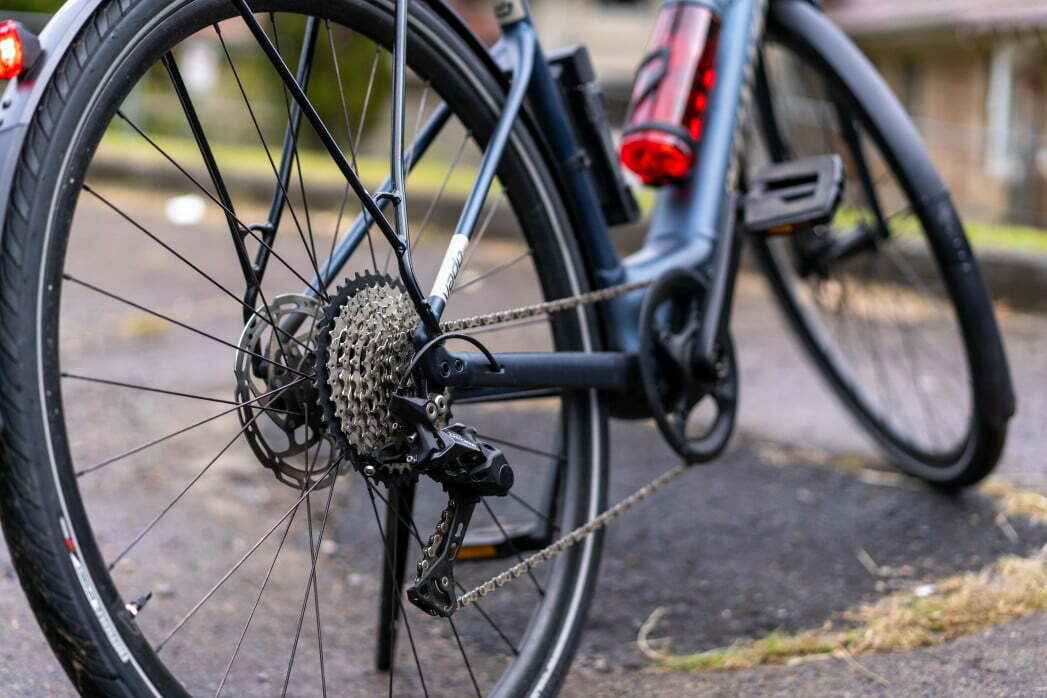
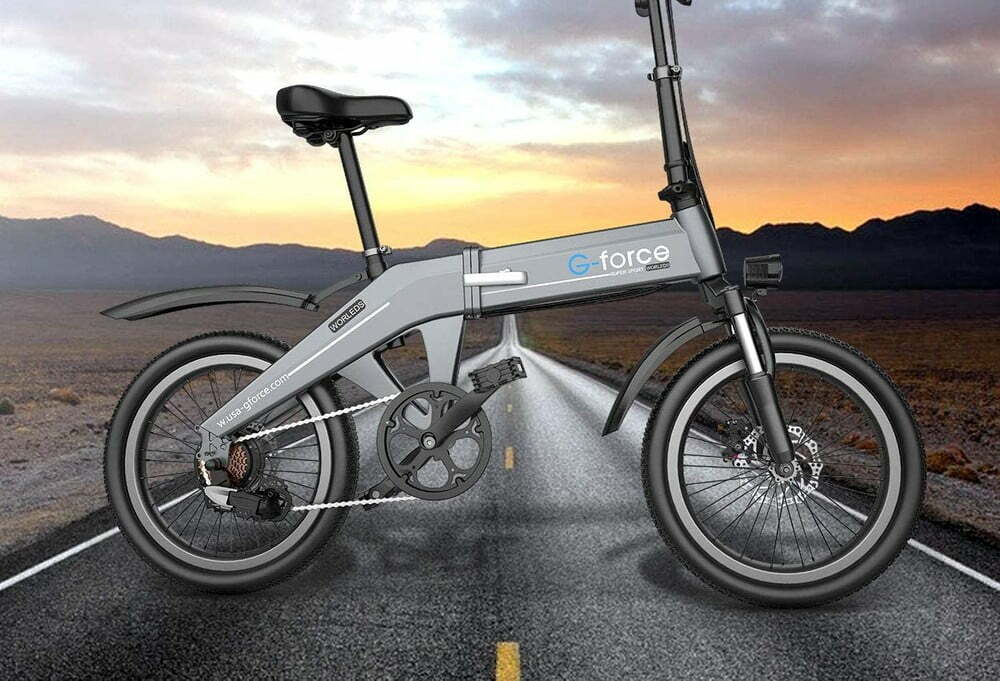
![Best Electric Bike in [year] ([month] Reviews) 27 Best Electric Bike in 2025 (December Reviews)](https://www.gadgetreview.dev/wp-content/uploads/elby-s9-750x422-1.png)
![Best Bikes in [year] ([month] Reviews) 28 Best Bikes in 2025 (December Reviews)](https://www.gadgetreview.dev/wp-content/uploads/cheapest-electric-bikes-1.jpg)
![Best Front Drive Electric Motor Bikes in [year] 29 Best Front Drive Electric Motor Bikes in 2025](https://www.gadgetreview.dev/wp-content/uploads/best-front-drive-electric-motor-bikes-image.jpg)
![Best Cannondale Electric Bikes in [year] 30 Best Cannondale Electric Bikes in 2025](https://www.gadgetreview.dev/wp-content/uploads/best-cannondale-electric-bikes-image.jpg)
![Best Luna Cycle Electric Bikes in [year] 31 Best Luna Cycle Electric Bikes in 2025](https://www.gadgetreview.dev/wp-content/uploads/Luna-Cycle-Apex-Electric-Bike.webp)
![Best Rad Power Electric Bikes in [year] 32 Best Rad Power Electric Bikes in 2025](https://www.gadgetreview.dev/wp-content/uploads/best-rad-power-electric-bikes-image.jpg)
![Best Rear Drive Motor Electric Bikes in [year] 33 Best Rear Drive Motor Electric Bikes in 2025](https://www.gadgetreview.dev/wp-content/uploads/best-rear-drive-motor-electric-bikes-image.jpg)
![Best Ebike Conversion Kits in [year] 34 Best Ebike Conversion Kits in 2025](https://www.gadgetreview.dev/wp-content/uploads/best-ebike-conversion-kit.jpg)
![Best Electric Bike Locks in [year] 35 Best Electric Bike Locks in 2025](https://www.gadgetreview.dev/wp-content/uploads/best-electric-bike-locks-image.jpg)
![Ebikes with Longest Range in [year] 36 Ebikes with Longest Range in 2025](https://www.gadgetreview.dev/wp-content/uploads/best-ebike-with-longest-range-image.jpg)
![Best Electric Bike Trailers in [year] 37 Best Electric Bike Trailers in 2025](https://www.gadgetreview.dev/wp-content/uploads/best-electric-bike-trailers-image.jpg)
![Best Bike Rack for Electric Bikes in [year] 38 Best Bike Rack for Electric Bikes in 2025](https://www.gadgetreview.dev/wp-content/uploads/best-bike-rack-for-electric-bikes-image.jpg)
![Best Electric Bike Helmets in [year] 39 Best Electric Bike Helmets in 2025](https://www.gadgetreview.dev/wp-content/uploads/best-electric-bike-helmets-image.jpg)
![Best Throttle Electric Bikes in [year] 40 Best Throttle Electric Bikes in 2025](https://www.gadgetreview.dev/wp-content/uploads/best-throttle-electric-bike-image.jpg)
![Lightest Electric Bikes in [year] 41 Lightest Electric Bikes in 2025](https://www.gadgetreview.dev/wp-content/uploads/lightest-electric-bike-image.jpg)
![Best Schwinn Electric Bikes in [year] 42 Best Schwinn Electric Bikes in 2025](https://www.gadgetreview.dev/wp-content/uploads/Electric-Bikes-image.jpg)
![Best All Terrain Electric Bikes in [year] 43 Best All Terrain Electric Bikes in 2025](https://www.gadgetreview.dev/wp-content/uploads/best-all-terrain-electric-bike-image.jpg)
![Best Cheapest Electric Bikes in [year] 44 Best Cheapest Electric Bikes in 2025](https://www.gadgetreview.dev/wp-content/uploads/cheapest-electric-bikes.jpg)
